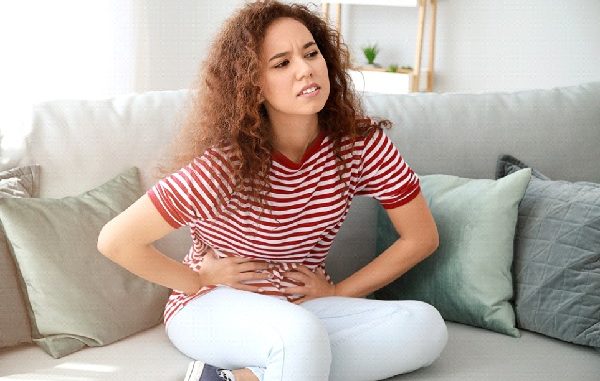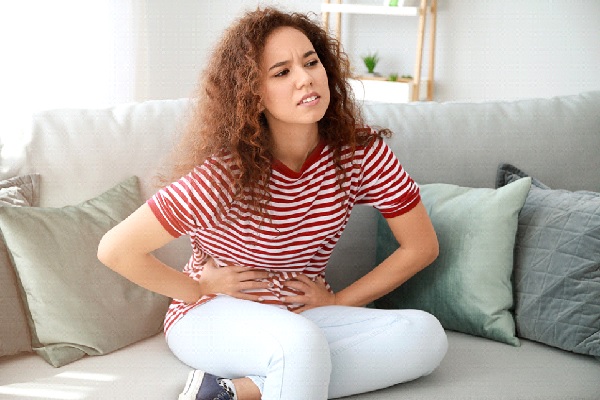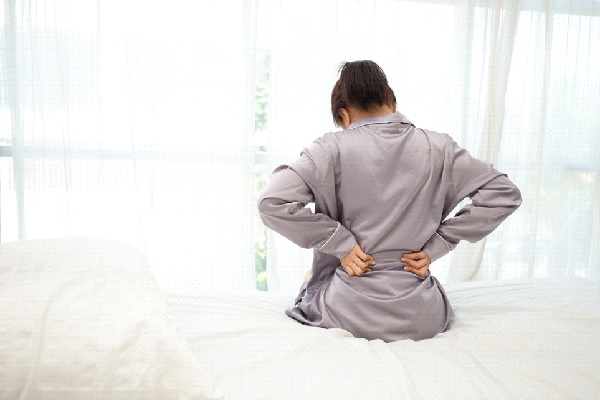
If you are a woman who is experiencing pelvic pain, it is important to see a doctor for care. There are many causes for discomfort and tension in the pelvis, including menstrual cramps. However, these sensations could also be a symptom of something more serious. One possibility is endometriosis, a painful women’s health condition where the tissue that lines the inside of your uterus begins to grow outside of it.

This condition requires treatment, so it is important to know how to recognize it. There are a few telltale signs of this disorder, so understanding what it is like can help you know when to make an appointment with a gynecologist. Review the signs below, and then decide if you need to act. Along with professional medical care, at-home treatments such as laser therapy for back pain can help you care for your symptoms and feel better overall.
- Severe Period Pain
The hallmark sign of endometriosis is pain during your menstrual cycle. While many women experience normal sensations of discomfort and cramping during their period, endometriosis pain often begins before you start menstruating. It may be moderate to severe in nature and can even extend a few days into your period.
Along with pain and tension in the pelvis, you may also notice symptoms in your abdomen and lower back. It is also possible to feel pain during or after you have sex. Along with these sensations, pay attention if you experience discomfort while you are urinating or having a bowel movement. These challenges may be more apparent while you are menstruating but can also occur outside your cycle.
- Excessive Menstrual Bleeding
Women who have endometriosis tend to bleed more heavily during their cycle than those who do not have the condition. It is common to use heavy pads or extra-absorbent tampons. You may also find that you have to change your feminine products more often than your friends or loved ones.
Some women will also see bleeding between their periods. This is known as intermenstrual bleeding. There is a variety of possible causes of this type of heavy bleeding, including using hormonal contraception, a sexually transmitted infection (STI), or a cervical disorder. If you notice intermenstrual bleeding at any time between your period, make an appointment with a gynecologist or your primary care physician. They can help you determine what is causing your symptoms and ensure that it is nothing serious.

- Difficulty Conceiving a Baby
If you have some of the symptoms above and have also had trouble conceiving a baby, make an appointment with an OB-GYN right away. According to recent research published by the National Institute of Health, infertility affects between 30-50 percent of women with endometriosis. While this can cause anxiety in some women, it is important to know that there are treatments available.
Work with your doctor as soon as you can to know which fertility treatments for endometriosis may work for you. These include the possibility of removing endometrial lesions through a surgical procedure.
Many couples are interested in trying in-vitro fertilization. Also known as IVF therapy, this technique combines the egg and sperm in a petri dish. Since conception occurs away from the inflammatory pelvic environment, research shows that pregnancy success rates are similar to those women who do not have endometriosis. This gives hope to thousands of couples looking to start a family.
- Uncomfortable Stomach Symptoms
Along with the signs above, you may also experience gastrointestinal symptoms during your period. Some of the most common complaints for women with endometriosis include moderate nausea and bloating. You may also get constipation or diarrhea.
Tell your provider if you are having any of these symptoms on a regular basis. You should also let them know if you experience them along with fatigue, tiredness, or low energy. Prescription and over-the-counter (OTC) medications may be able to help with these types of symptoms. Your doctor will let you know which ones are right for you. If you are interested in natural remedies, a warm bath or a heating pad may also be beneficial for dealing with stomach upset combined with pelvic discomfort.

Caring for You & Your Endometriosis
Whether you suspect you have endometriosis or have already received a diagnosis, it is important to know how to care for yourself. Since this is a chronic condition, do not hesitate to call your physician if you have any questions—and be sure to keep all follow-up appointments with your provider. In addition to medications, procedures, or lifestyle changes, you can also take steps at home to reduce your abdominal discomfort and lower back pain.
Stretching, self-massage, and aromatherapy with essential oils are just a few of the ways to relieve tension in your body and encourage relaxation. Laser therapy is another way to reduce cramping and improve the flow of nutrients and oxygen in your lumbar area. Photobiomodulation therapy (PBMT), formerly often referred to as low-level laser therapy (LLLT), is a non-drug option that safely penetrates the skin to modulate pain and inflammation in the lower back.
Along with some of the other at-home remedies above, you need just a few moments per day to reap its benefits. Everyone is different, so experiment with the complementary treatments you are interested in to find the routine that is right for you. With a commitment to your wellness and your future, you can help to relieve your endometriosis symptoms and enjoy a healthier lifestyle.
